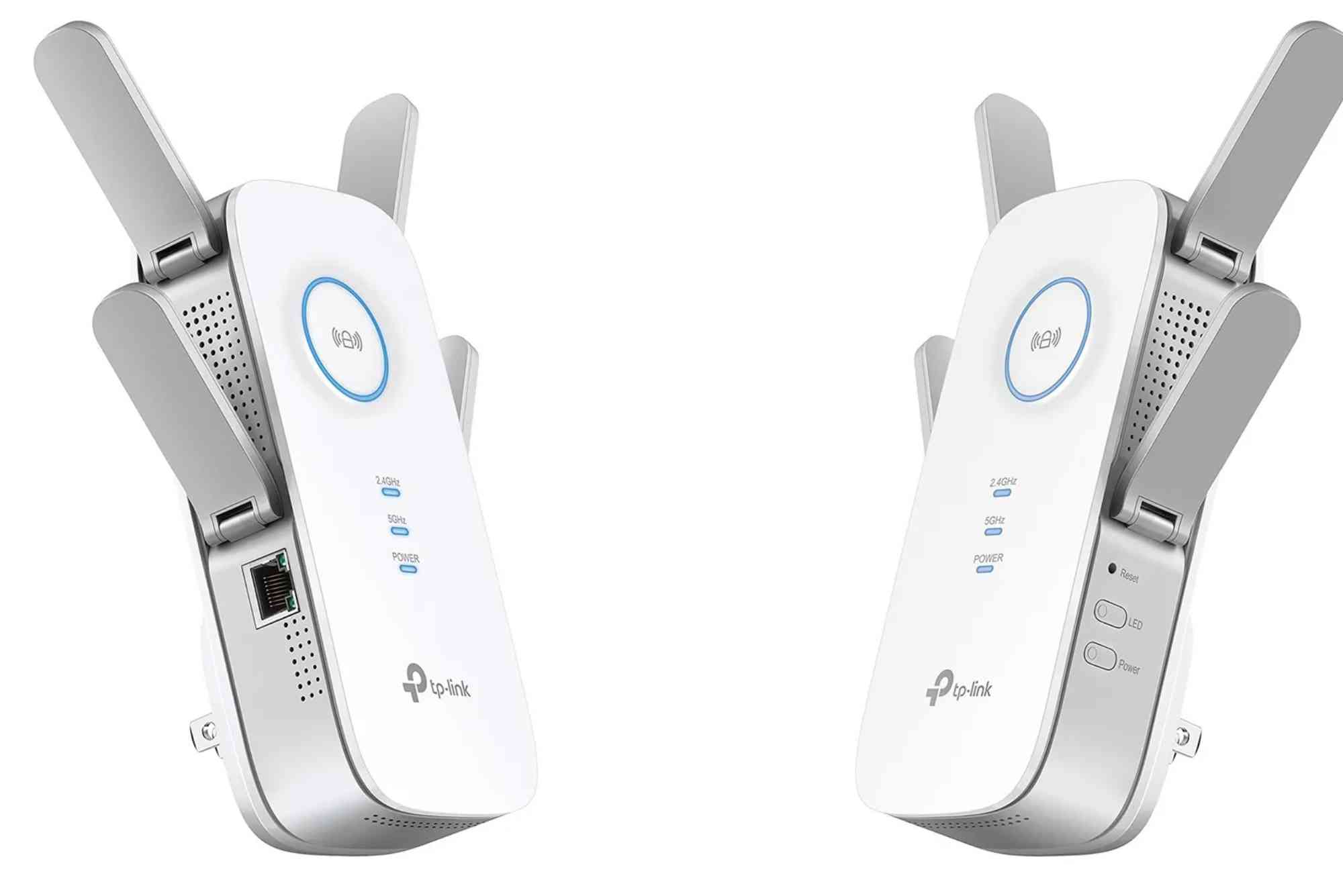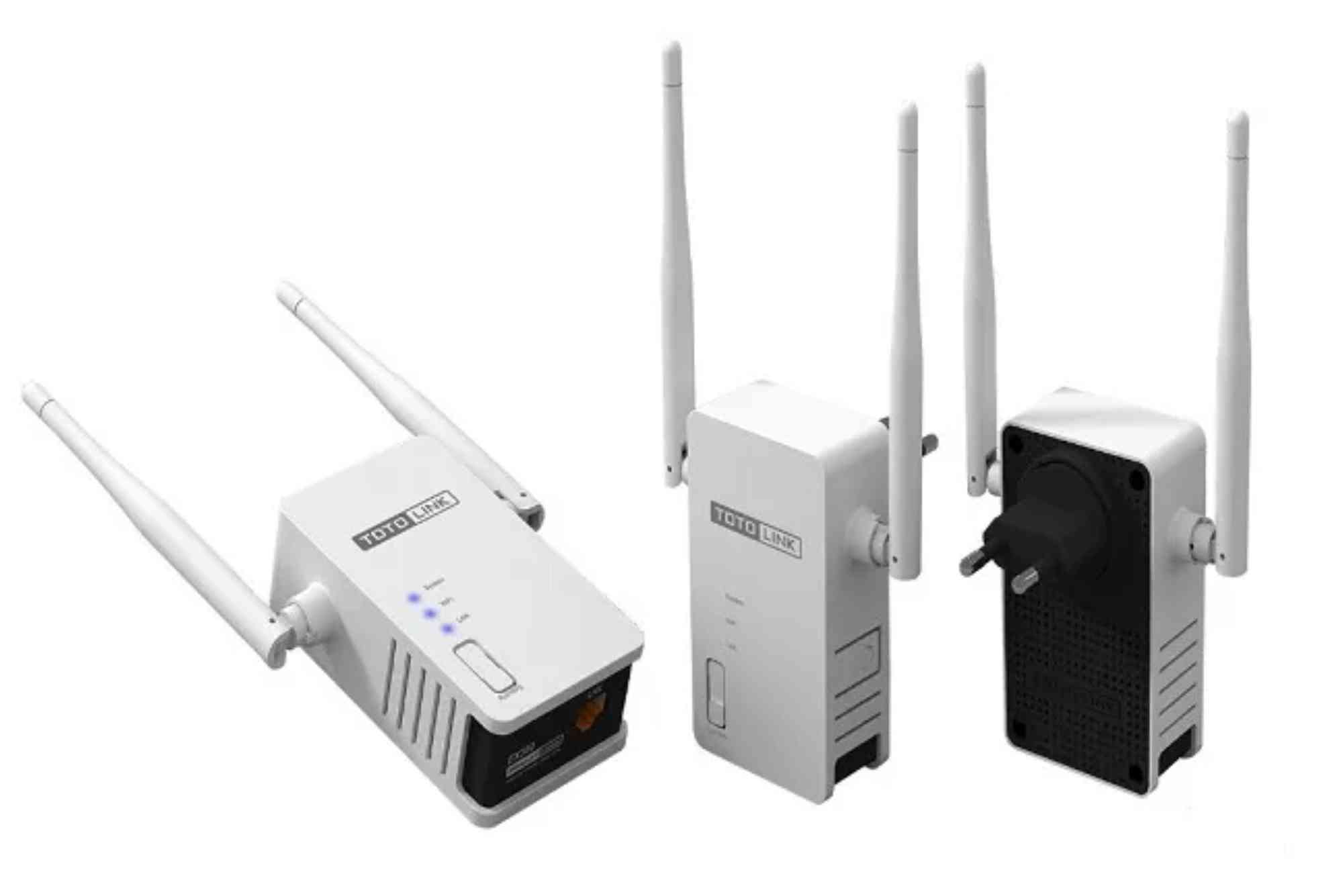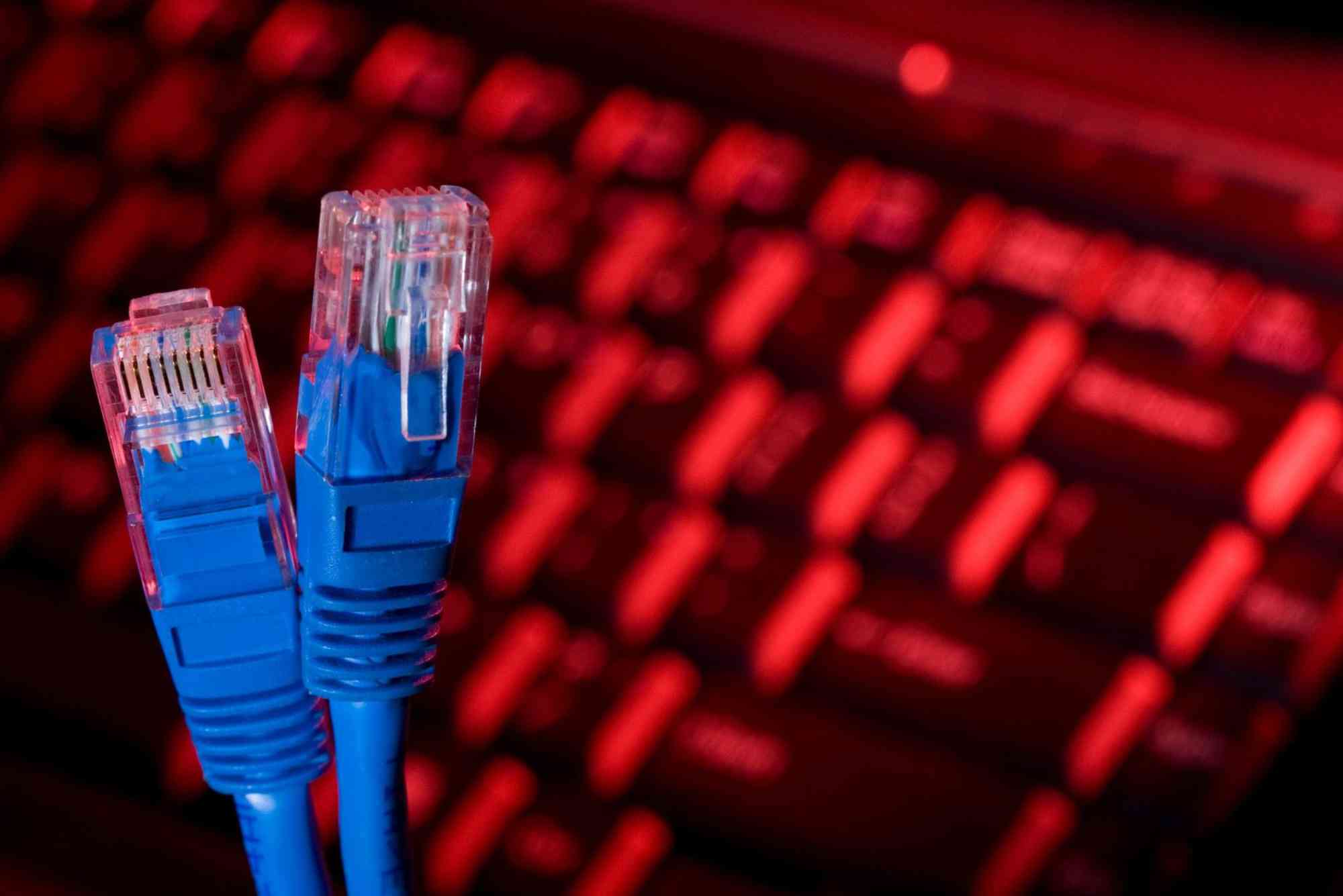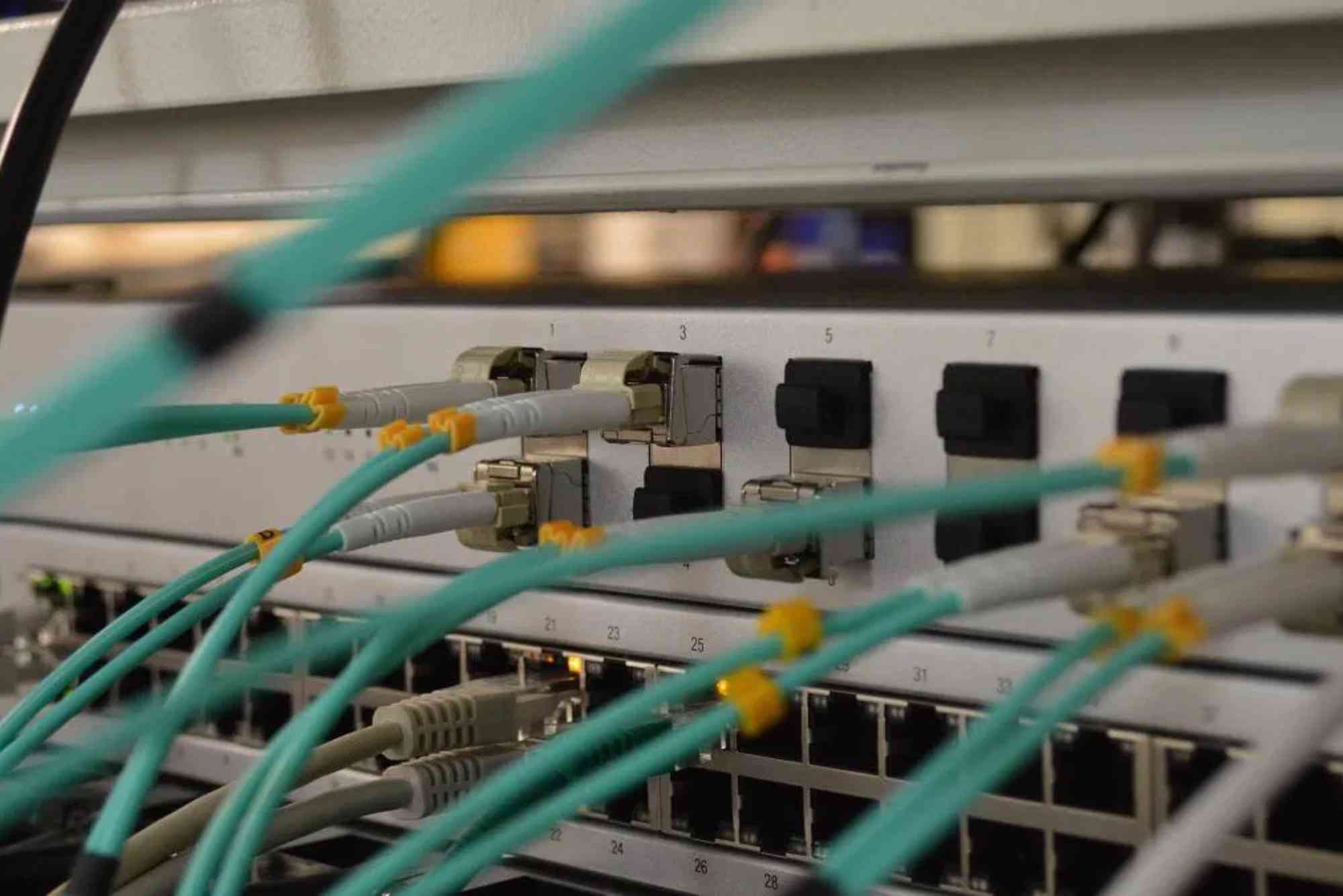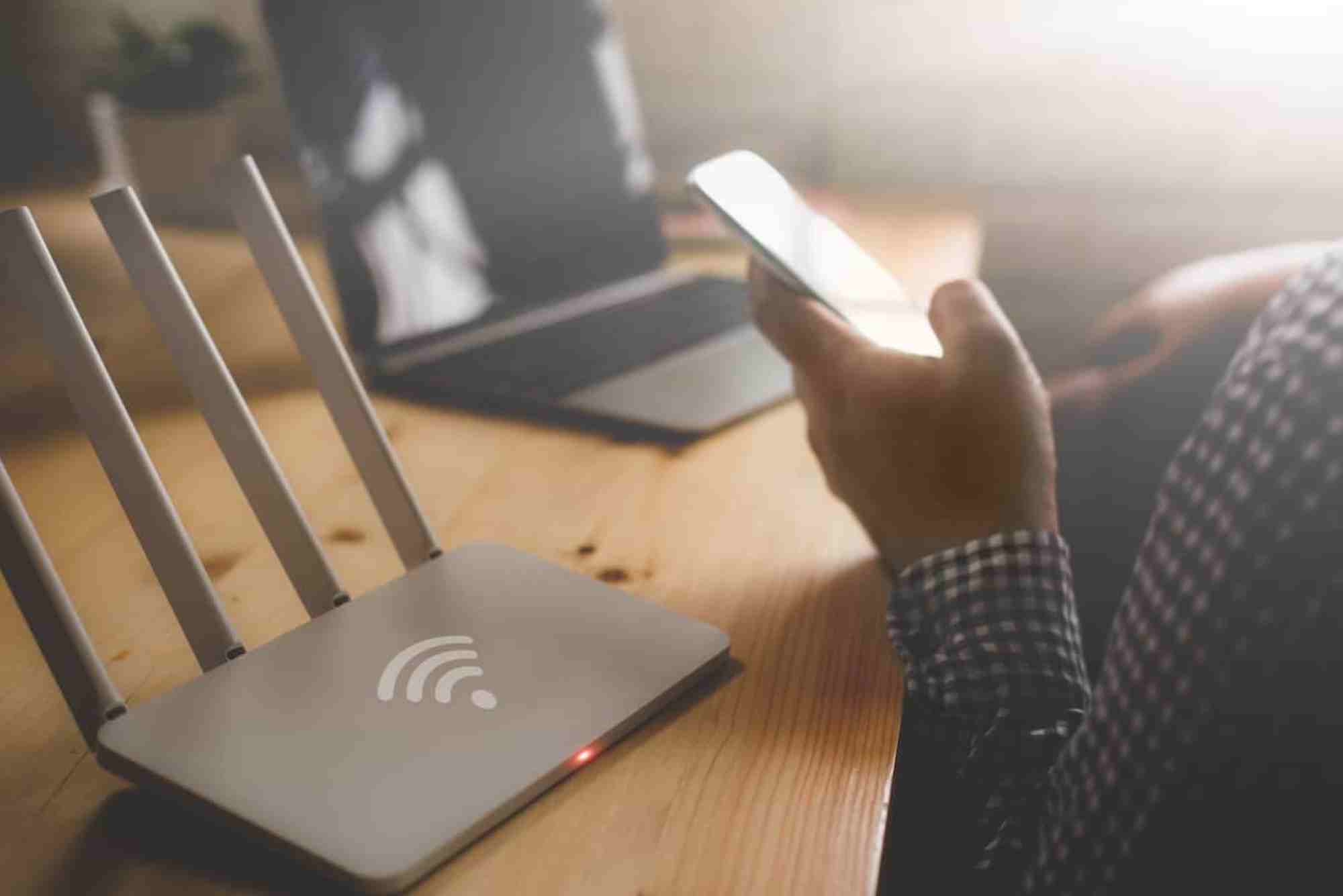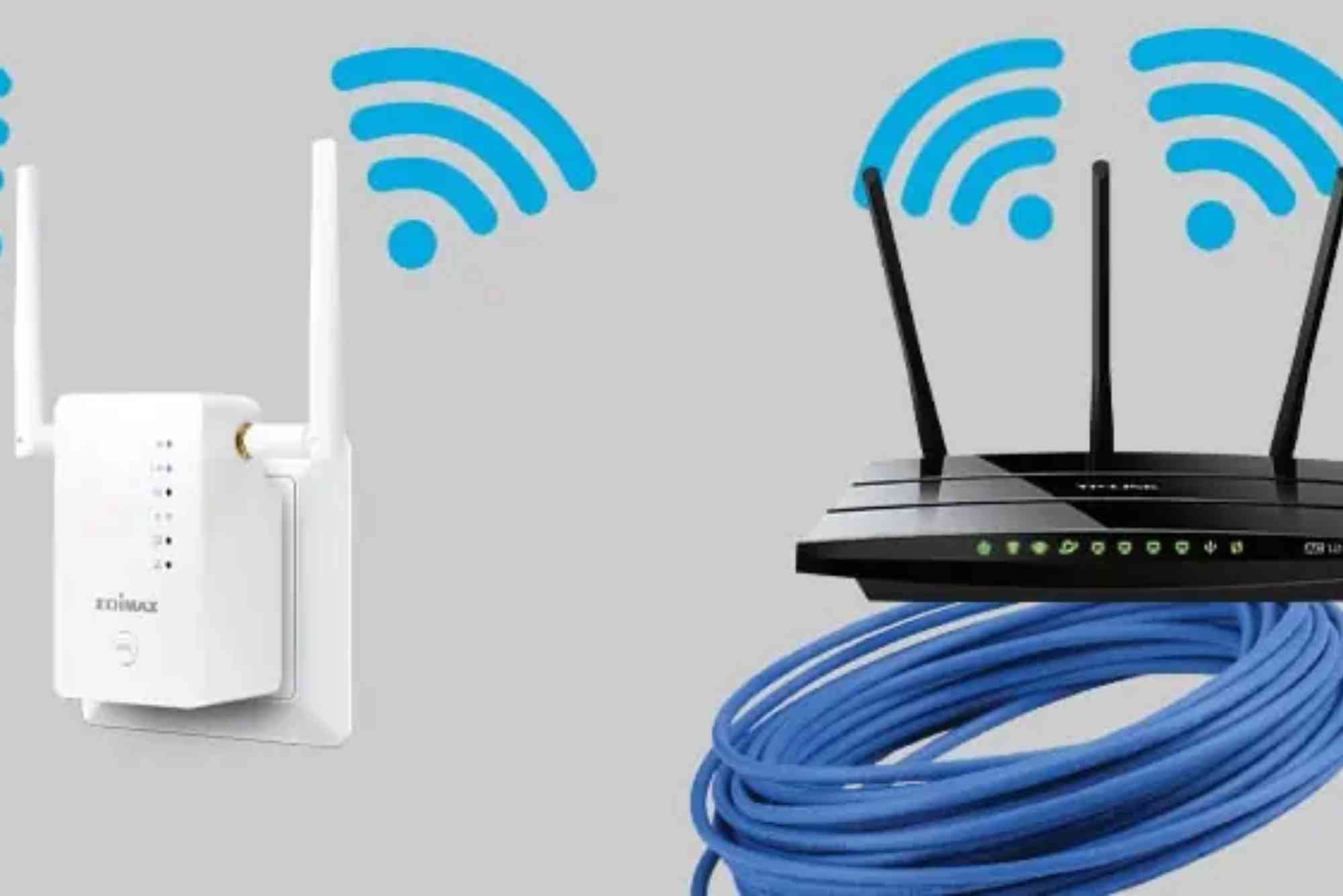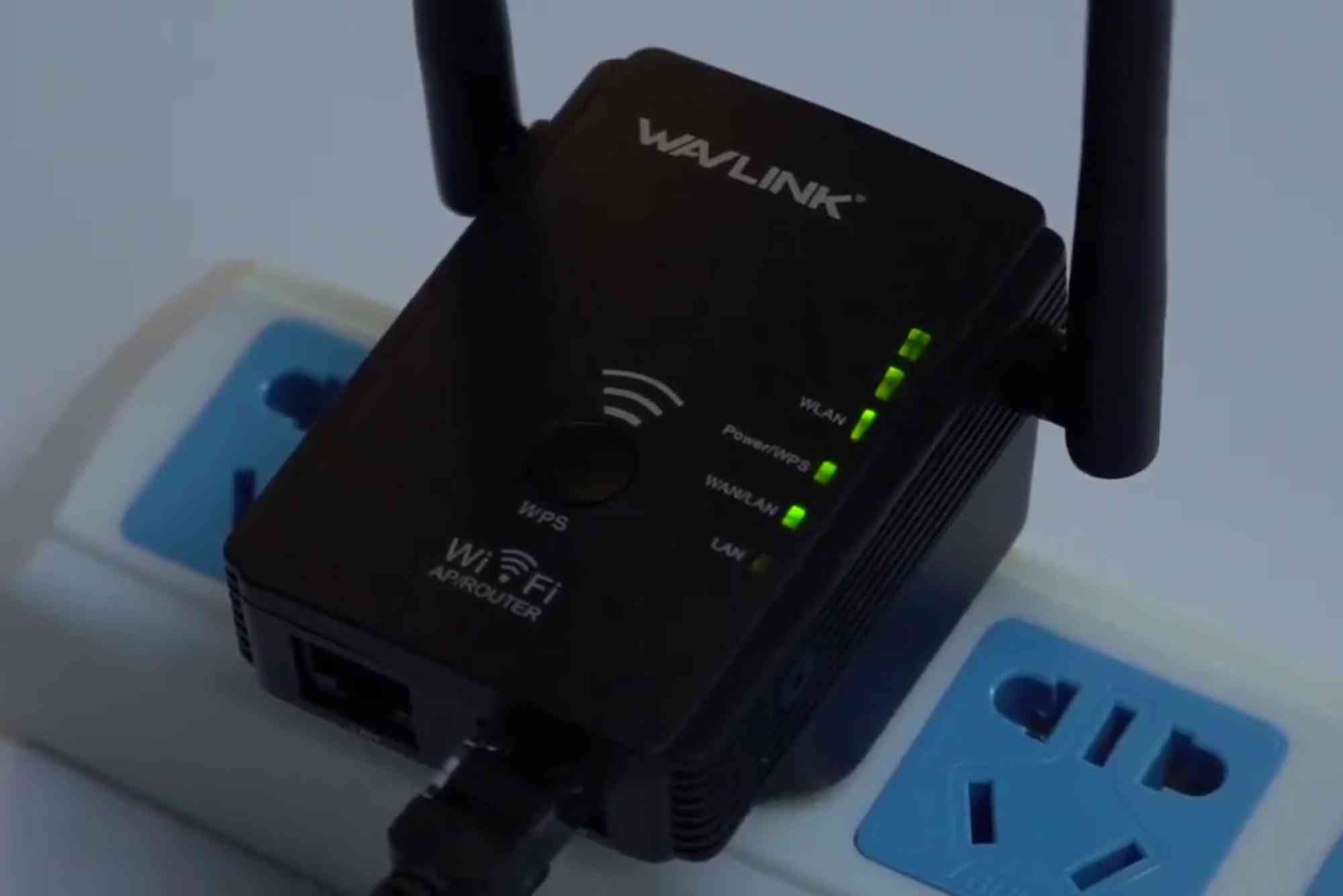Introduction
If your Wi-Fi feels fast when streaming or browsing but painfully slow when uploading files, you’re not alone. Many people experience sluggish upload speeds, which can interrupt video calls, delay cloud backups, and make online gaming frustrating. The good news is that there are several practical ways to improve your connection. In this guide, we’ll explain how to fix Wi-Fi slow upload speed, why it happens, and how you can optimize your home network for better performance.
Why Is My Wi-Fi Upload Speed Slow?
Understanding the root cause is the first step toward solving the problem. Upload speed refers to how quickly data travels from your device to the internet. While download speeds are usually prioritized by internet providers, upload speeds often lag behind.
Common reasons for slow upload speeds include outdated equipment, interference from nearby devices, bandwidth-heavy apps running in the background, or even ISP throttling. If you live in a high-density area like Mountain View, congestion from multiple users on the same network can also contribute.
How to Fix Wi-Fi Slow Upload Speed
Check Your Internet Plan
Before blaming your Wi-Fi, check whether your internet service plan offers sufficient upload speeds. Many entry-level packages prioritize download rates. If you frequently upload large files or join video meetings, consider upgrading to a plan that provides symmetrical speeds. Providers like Dhanote Internet Services offer packages that balance uploads and downloads, which is crucial for modern work and streaming needs.
Restart Your Router
Sometimes the fix is as simple as turning your router off and on. Restarting clears cached data, refreshes your connection, and often restores lost performance. For best results, unplug the router for 30 seconds before reconnecting it.
Update Router Firmware
Outdated firmware can cause performance bottlenecks. Log in to your router’s admin settings and check for updates. Manufacturers regularly release patches to improve speed, security, and compatibility with new devices.
Optimize Wi-Fi Placement
The position of your router can make or break your connection. Place it in a central location, away from thick walls and electronic interference. Elevating the router or keeping it out in the open often improves both download and upload speeds.
Reduce Network Congestion
If multiple people are streaming, gaming, or video calling simultaneously, bandwidth gets divided. Schedule large uploads during off-peak hours or limit the number of devices connected. You can also enable Quality of Service (QoS) in your router settings to prioritize upload-heavy activities.
Scan for Malware or Viruses
Slow upload speeds can sometimes indicate hidden malware consuming bandwidth. Run a full system scan using trusted antivirus software. Keeping your devices secure helps ensure your connection is used only for your activities.
Use Wired Connections When Possible
Wi-Fi is convenient but not always the fastest. For tasks that require consistent upload speeds, like live streaming or online classes, a wired Ethernet connection is more stable and reliable.
Upgrade Your Hardware
Old routers often lack the ability to handle modern internet demands. If your device is more than five years old, it may be time to invest in a dual-band or mesh Wi-Fi system. These can drastically improve both coverage and upload performance.
Contact Your ISP
If you’ve tried all of the above and uploads remain sluggish, the issue might be with your provider. Call your ISP and ask if there’s an outage, line issue, or throttling policy affecting your connection. Sometimes they can reset your line or offer a more suitable plan.
Advanced Fixes for Persistent Upload Issues
For users who work remotely, stream, or manage cloud backups, even small upload delays can cause major setbacks. If standard fixes don’t work, try these advanced solutions.
Switching your Wi-Fi channel to a less congested frequency reduces interference from neighboring networks. Many routers default to the same channel, so adjusting this can make a noticeable difference. Another option is enabling MU-MIMO technology if supported by your router, which helps multiple devices upload simultaneously without slowdown.
You can also configure DNS settings manually for improved stability. Public DNS options like Google DNS or Cloudflare DNS sometimes resolve network bottlenecks faster than your ISP’s defaults.
FAQs: How to Fix Wi-Fi Slow Upload Speed
Why is my upload speed slower than my download speed?
Most ISPs design plans to prioritize downloads because that’s what users consume most. Uploads are often capped lower unless you upgrade.
Can a VPN improve upload speed?
In some cases, yes. If your ISP throttles traffic, a VPN may bypass restrictions. However, VPNs can also add overhead, which may slow speeds further.
Does router age affect upload speed?
Absolutely. Older routers may not support the latest Wi-Fi standards, which directly impacts both download and upload performance.
Why does my upload speed drop during video calls?
Video calls require continuous upstream data. If others in your household are uploading at the same time, congestion causes noticeable slowdowns.
Should I reset my router to factory settings?
If firmware updates and reboots fail, a factory reset can eliminate misconfigurations. Just remember to reapply your Wi-Fi password and settings.
Slow upload speeds on Wi-Fi can be frustrating, but they’re rarely permanent. By checking your internet plan, updating your router, reducing congestion, and using wired connections when needed, you can dramatically improve performance. If nothing works, your ISP may be the culprit, and switching providers or upgrading your package could be the final solution.

